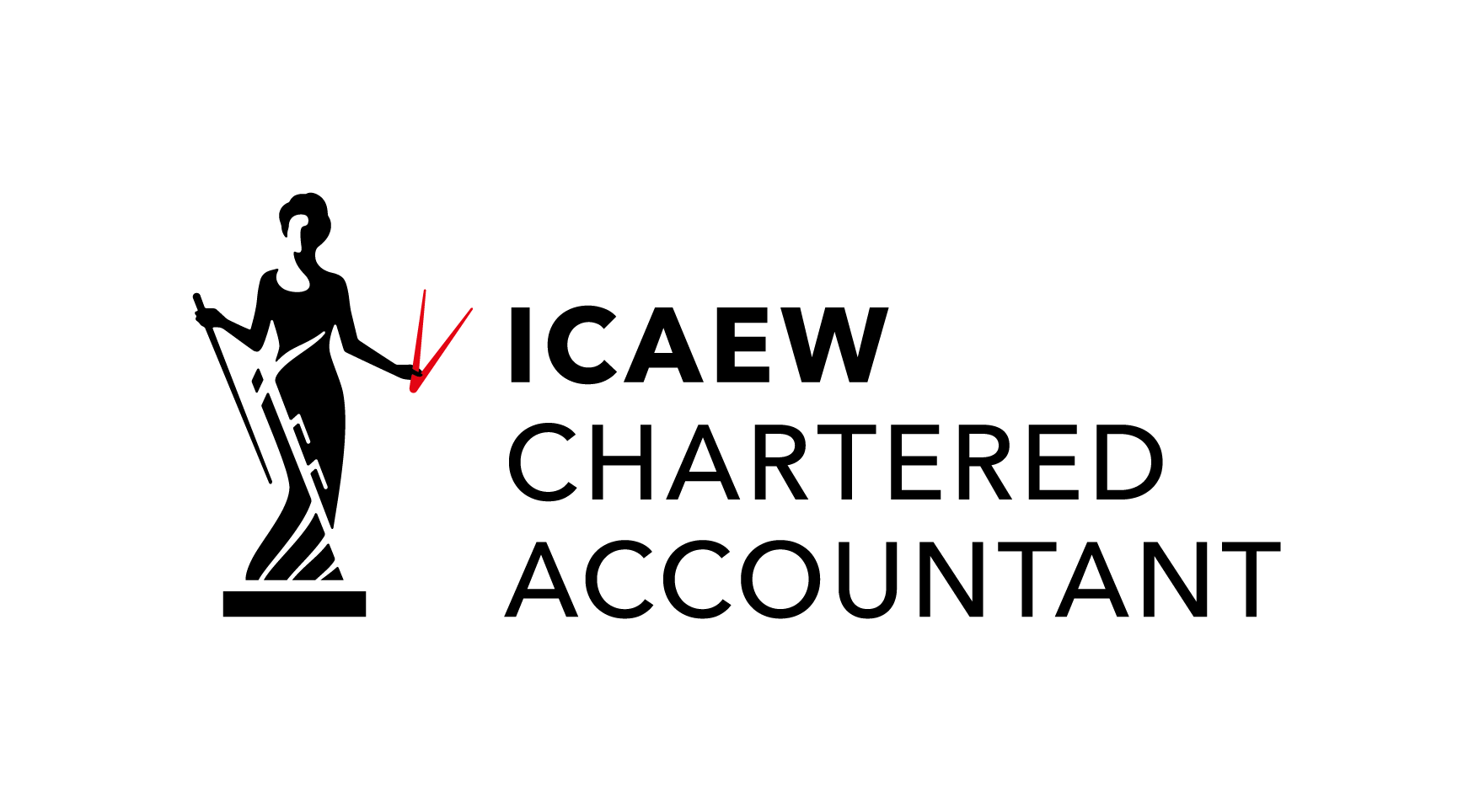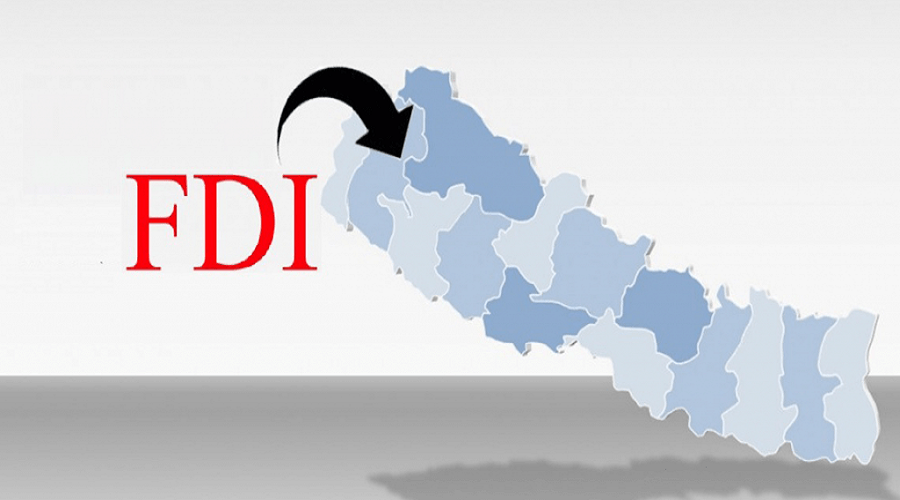Foreign direct investment (FDI) is recognised as a crucial means to bridge the funding shortfall and holds a substantial influence in driving swift economic advancement in the least developed nations. This provides a country with the technological and financial capabilities to harness their existing resources for economic progress. As a landlocked country squeezed between the two economic superpowers, the Himalayan nation has struggled to attract foreign investment.The economic trajectory of Nepal in the last 50 years offers valuable insights. The present condition of Nepal’s economy not only underscores the difficult barriers to progress but also highlights the decisions made in terms of policy that have led to underwhelming outcomes, significantly in foreign direct investment and economic productivity. Among fellow South Asian nations, Nepal’s per capita income is the least, securing a second last spot, averaging merely 2 percent.According to The World Bank, Nepal’s FDI net inflow was at 0.2 per cent of GDP. The lackluster growthof the GDP has resulted in heightened labour immigration due to the struggling domestic job market, rapid depletion of foreign currency reserves, banks facing challenges in extending loans for major ventures, an expanding trade deficit, particularly with India and China, and inadequate inflow of foreign capital investments.
The World Bank projects that Nepal will require annual investments amounting to approximately 10-15 percent of its GDP over the next 10 years in order to transition towards achieving middle-income country status by 2030. In accordance with Nepal’s enhanced Nationally Determined Contributions (NDC), it is estimated that meeting the conditional mitigation targets would entail a cost of around US$ 25 billion, while fulfilling the unconditional targets would cost US4 3.4 billion.To reach these goals, Nepal must prioritise and diversify potential sectors with a liberal bureaucratic procedure to enable economic freedom for interested, potential investors.The government’s emphasis on a highly regulated approach to economic management and develop-ment significantly hampers trade and investment.
According to The Heritage Foundation, 2023 Index of Economic Freedom survey, Nepal’s economic freedom score is 51.4, a score well below world average at 59.3 and regional average at 58.2. Factors such as property ownership, land rights, systemic corruption, political instability and tax rates are some of the key factorsinfluencing economic freedom.There are increased business ventures for green finance and for utilising private sector investments to satisfy this financing gap.Presently, the Nepali government has a framework to catalyse public financing into climate change in the broader context of economic development and government fiscal planning process.Energy is a prime attraction and the most capitalised sector in Nepal. The untapped market withgreen energy and green finance is insurable in Nepal.As author Ibrahim Kabiru Majim demonstrated in his paper “Does clean energy contribute to economic growth? Evidence from Nigeria” that 1per cent increase in green economy consumption is directly linked to an economic growth of nearly 1.26 per cent. According to a 2017 study conducted by the In-ternational Finance Corporation (IFC), Nepal has the potential to attract and invest in a climate-smart investment opportunity totaling US$ 46 billion between 2018 and 2030 by leveraging green finance. In the South Asian region, Nepal holds third position in climate investment prospects, trailing only behind India and Bangladesh.These opportunities can be harnessed through the utilisation of green finance.The concept of extending a company’s presence to adifferent country is an alluring investment avenue, whether due to the potential for increased investment return or the presence of advantageous factors like access to raw materials or a sizeable local market.
As mentioned in the Deccan Herald, The Abu Dhabi Investment Office, under its Innovation Programme, is actively assisting innovation-focused startups by offering various forms of support, both financial and non-financial.Indian startups are encouraging investment funds based in the UAE to increase their investments in innovative startups located in India. Thus, considering alternative paths for exploration in a similar fashion would be a judicious decision.”We should not look at FDI as primary source of fund. Flow of FDI in specific industry, specialised skill or resources should be seen as competitive approach that can be upscaled,” states Saibal Gosh, Country Manager at Berger Paints Nepal and an Executive Member at Nepal-India Chamber of Commerce and Industry (NICCI). To further explain this, he provides an example of China.Under Mao Zedong, China existed in an isolated political and economic bubble.However, it was only after 1978, China adopted an “open-door” policy. China leveraged foreign capital in the local manufacturing sector with technological expertise along with employability and upscale of human resources, resulting in swift economic expansion. A similar economy practice can be modeled in Nepal.Policies are an inherent foundation for attracting FDI, along with sustainable policies, frameworks and guidelines that define policy design, implementation and monitoring.
Nepal’s utilisation of hydropower, herbal resources and select mineral attraction at a competitive cost has been thoroughly exhausted. In order to attract FDI in a fiercely competitive global arena, Nepal must exhibit a genuine commitment to diversifying and attracting investments. This entails both exploring alternative investment sectors and adopting a more lenient approach towards liberalising FDI policies. Perhaps, Nepal should learn and apply from neighbouring gigantic powers as that of China and India to propel economic growth and productivity.A version of this article appears in the print on October 6, 2023, of The Himalayan Times
Source: TheHimalayanTimes


